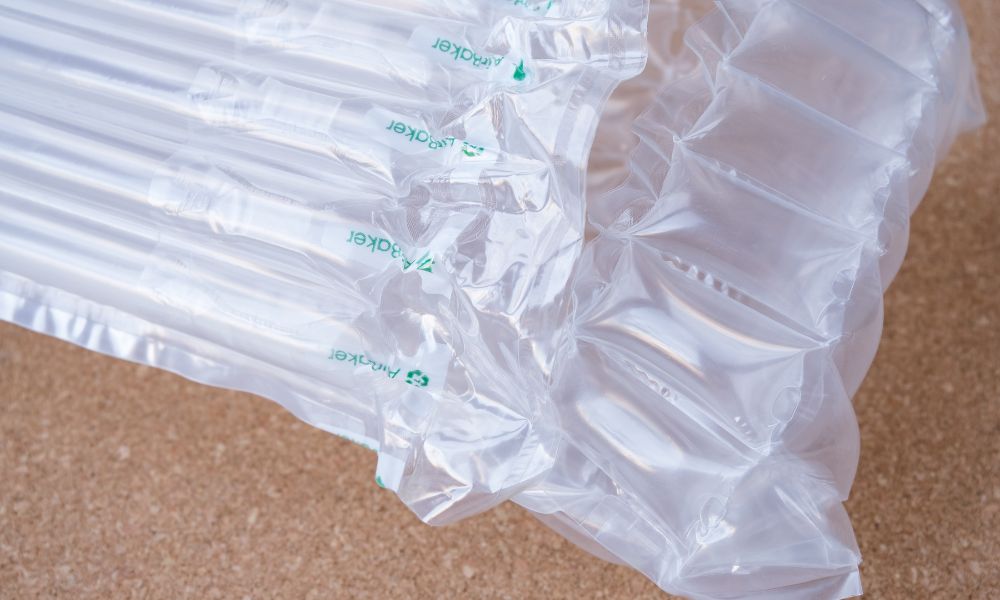In the dynamic world of packaging, choosing the right type of void fill can make a significant difference in ensuring your products reach their destination safely. Void fill, often referred to as the packing peanuts of the industry, serves the critical purpose of filling the empty spaces in a package to prevent damage due to movement during transit. The choice of void fill is not one-size-fits-all and varies depending on factors such as the nature of the product, its fragility and weight, and the mode of transport. This blog will delve into the different types of void fill packaging available in the market and their advantages, drawbacks, and ideal use cases, providing you with comprehensive insights to make an informed decision for your packaging needs.
Paper-Based Void Fills
Paper-based void fills are a popular choice in packaging due to their affordability and environmentally friendly nature. These void fills are made of 100 percent recycled paper, making them a sustainable option for businesses looking to reduce their environmental impact. The performance of paper-based void fills can be enhanced by using surface application chemicals such as chitosan, which helps fill the voids with a similar backbone structure, thus improving the overall strength and durability of the packaging. Companies that prioritize sustainability also prefer this material because they can use paper void fill machines to reduce waste in packaging. Despite their benefits, it’s important to note that paper-based void fills may not be suitable for all types of products, particularly those that are sensitive to moisture.
Foam Void Fills
Foam void fills, often made from materials like polystyrene or polyurethane, are another common type of packaging material. Their primary advantage lies in their ability to conform to the shape of the product, providing a snug fit and excellent cushioning against impacts. This makes foam void fills particularly suitable for packaging fragile or delicate items. However, foam void fills do come with some drawbacks. They are not as environmentally friendly as paper-based void fills, as they are derived from non-renewable resources and are not biodegradable. Additionally, they can add significant weight to packages, potentially increasing shipping costs.
Air Pillow Void Fills
An increasingly popular type of void fill packaging is air pillow void fills. These void fills are essentially pockets of air enclosed within a plastic film. They are lightweight, making them an ideal choice for businesses looking to minimize their shipping costs. Air pillows provide excellent shock absorption, protecting products during transit. They are also highly adaptable, as they can be inflated to different levels to accommodate various product sizes and shapes. Like foam void fills, air pillows are not biodegradable, and their production and disposal can have environmental impacts. However, many manufacturers are now producing air pillows from recycled materials or offering recycling programs for used air pillows to mitigate these effects.
Biodegradable Void Fills
Biodegradable void fills are the most environmentally friendly option available in the market. They are typically made from organic materials like cornstarch or wheat, which break down naturally over time. This makes them an excellent choice for businesses that are committed to sustainability. Biodegradable void fills also offer good cushioning and protection for products. However, they can be more expensive than other types of void fills, and their performance may not be as consistent. Despite these challenges, the demand for biodegradable void fills is expected to grow as more businesses prioritize sustainability in their operations.



